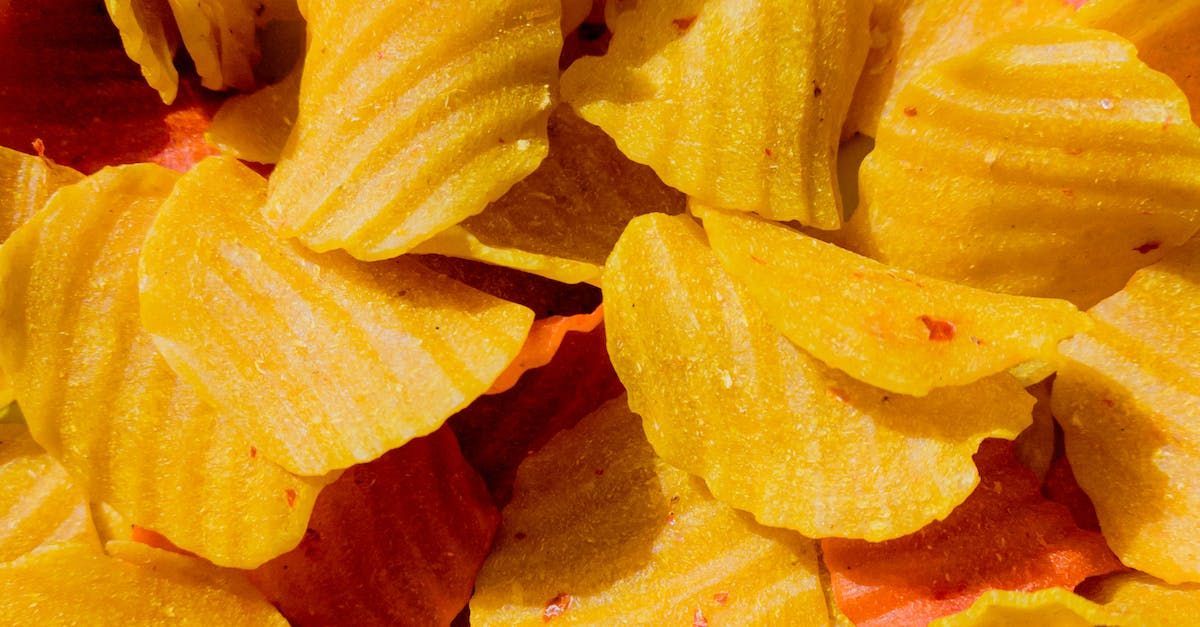Helpful hints from Dr Schina Guide to weaning off and reducing opioids
Guidelines for Tapering Off Opioids
- Guidelines for tapering off opioids recommend gradually reducing 5% to 10% of the morphine-equivalent dose every two to four weeks and switching from immediate-release opioids to extended-release on a fixed schedule.
- Research shows 15% of complex surgical patients develop severe postoperative pain leading to extended use of opioids. Implementing a transitional pain program helped nearly half of those who had not used opioids prior to surgery to wean off the drugs. Among those who had already used opioids prior to surgery, 1 in 4 was able to quit.
- To help patients manage their pain, the program uses a variety of methods, including nonopioid medications, exercise, acupuncture, and mindfulness training.
- Opioids killed 33,000 Americans in 2015 and nearly 42,250 in 2016, and the death toll is still trending upward, as overdose cases admitted into emergency rooms increased by more than 30% across the U.S. between July 2016 and September 2017.
- Studies show addiction affects more than 1 in 4 of those using opioids for chronic noncancer pain, and 1 in 550 patients die from opioid-related causes within 2.5 years of their first prescription.
- Despite the drugs' high risk of addiction, a 2016 NPR health poll indicated less than one-third of people said they questioned or refused their doctor's prescription for opioids.
Opioid Addiction and Treatment
- Prescription opioid overdose deaths commonly involve methadone, oxycodone, and hydrocodone.
- There is very little difference between oxycodone, morphine, and heroin, making the transition from prescription opioids to street drugs like heroin relatively easy for many addicts.
- Many patients are under or misinformed about the addictive nature of prescription opioids and how to stop using them.
- Addiction can occur in a short period of time, especially for long-term or chronic pain patients.
- Transitional Pain Services aim to prevent acute post-surgical pain from becoming chronic and to taper opioid use or eliminate it if possible.
- These services use nonopioid medications, exercise, acupuncture, and mindfulness training to help patients with pain and successfully reduce opioid use.
- Stanford University offers a similar program called the Comprehensive Interdisciplinary Pain Program.
- Many state authorities and insurance companies are cracking down on opioid use, leaving long-term users with little guidance or support to quit or find alternative pain relief methods.
- There is little research on how to best taper opioids for chronic pain patients, and the value of drugs like buprenorphine in chronic pain treatment is not well understood.
- Only a small number of studies on tapering opioids for pain treatment have been of high quality.
Tapering Off Opioids Post-Surgery
Evidence shows that tapering off the dosage improves pain and quality of life
Reckless restriction of opioids can destabilize patients
A Stanford study shows that a slow dose reduction can help patients cut their opioid dosages nearly in half without increased pain
A study at Toronto General Hospital's Transitional Pain Service found that nearly half of patients who had not used opioids prior to surgery successfully weaned themselves off the drugs, and 1 in 4 of those who had used opioids prior to surgery was successful
Identifying high-risk patients who are having difficulty reducing or eliminating their opioid use post-surgery is crucial to prevent long-term opioid use, and the dose upon discharge is a strong predictor of remaining on opioids long-term
Guidance on Opioid Tapering
- Emotional distress factors such as anxiety or depression, and pain catastrophizing are important factors in how well patients on opioids before surgery can wean off opioids.
- Adult patients with chronic noncancer pain who are on a 90-milligram (mg) morphine equivalent dose daily or greater should consider opioid tapering to the lowest effective dose and discontinue use if possible.
- Other reasons to consider tapering include lack of improvement in pain and/or function, nonadherence to the treatment plan, signs of addiction, serious opioid-related adverse effects, or patient request.
- Prescribers are urged to collaborate with pharmacists to support and monitor patients during opioid tapering.
- A multidisciplinary approach is associated with success in weaning patients off opioids.
- Benefits of tapering include relief of withdrawal symptoms, reduction in opioid adverse effects, and improvements in overall function and quality of life.
- The Guideline urges physicians to discuss tapering with their patients, prepare them by optimizing nonopioid therapy, and utilize nonpharmacological therapy and psychosocial support.
- To taper opioids for chronic noncancer pain, the guideline recommends gradually reducing 5% to 10% of the morphine-equivalent dose every two to four weeks, switching from immediate-release opioids to extended-release on a fixed schedule, and collaborating with the patient's pharmacist to assist with scheduling of the dose reductions.
- Alternative methods for tapering include medically supervised rapid dose reduction at a withdrawal center, switching to buprenorphine (naloxone) followed by gradual tapering of these drugs.
- Medical cannabis is an effective pain reliever that, unlike narcotic pain killers, cannot lead to fatal overdoses due to the absence of cannabinoid receptors in the brain stem.
- Legalization of medical marijuana has been associated with significant decreases in opioid overdose deaths, suggesting its potential as an alternative pain management option.
- Clinical studies and reports indicate that cannabis is effective at controlling pain and easing withdrawal symptoms in individuals attempting to wean off opioids.
- Research suggests that opioid-free options may be as effective as opioids for relieving severe acute pain, providing valuable alternatives for pain management.
- Prescription opioids can lead to addiction, tolerance, increased sensitivity to pain, depression, low testosterone levels, and more
- Nonopioid pain relievers have their own issues, including severe liver and kidney problems in susceptible people with long-term Tylenol use
- N-acetyl cysteine (glutathione precursor) can alleviate many of these problems
- Opioids have a legitimate purpose in acute pain but are being indiscriminately prescribed in many cases
- Loss of two years in the average life expectancy of the average American due to opioid addiction
- Warning to take caution when using dangerous medications
Disclaimer: Information on the website is not intended to replace a one-on-one relationship with a qualified healthcare professional and is not intended as medical advice.





